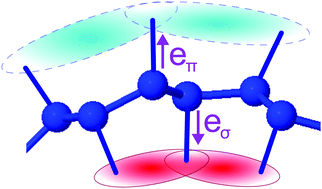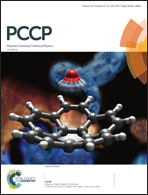Rehybridization-induced charge density oscillations in the long-range corrugated silicene
Abstract
Freestanding silicene is a one-atom-thick two-dimensional material composed of Si atoms arranged in a honeycomb lattice that is related to graphene. Its low-buckled atomic structure facilitates the functionalization of silicene. We report on an alternative method of functionalization which utilizes one-dimensional long-range periodic structural deformation of silicene, and leads to rehybridization-induced sublattice-polarized charge density oscillations. The charge density modulation follows the structural deformation of silicene, and features opposite phases in different sublattices. The modulated atomic structure leads to anisotropy of electron group velocity and to opening of a band gap that grows and oscillates with increasing corrugation. We show that rippled silicene can be considered as a combination of a silicene nanoribbon and a part of a silicon nanotube. The existence of the charge density oscillation phase is a consequence of the layer corrugation and the tendency of silicon toward sp3 bonding. One-dimensional structural modulation appears to be a powerful method of silicene functionalization, and the predicted phase is expected to be realized in other two-dimensional materials, which prefer sp3 bonding.

- This article is part of the themed collection: 2017 PCCP HOT Articles


 Please wait while we load your content...
Please wait while we load your content...